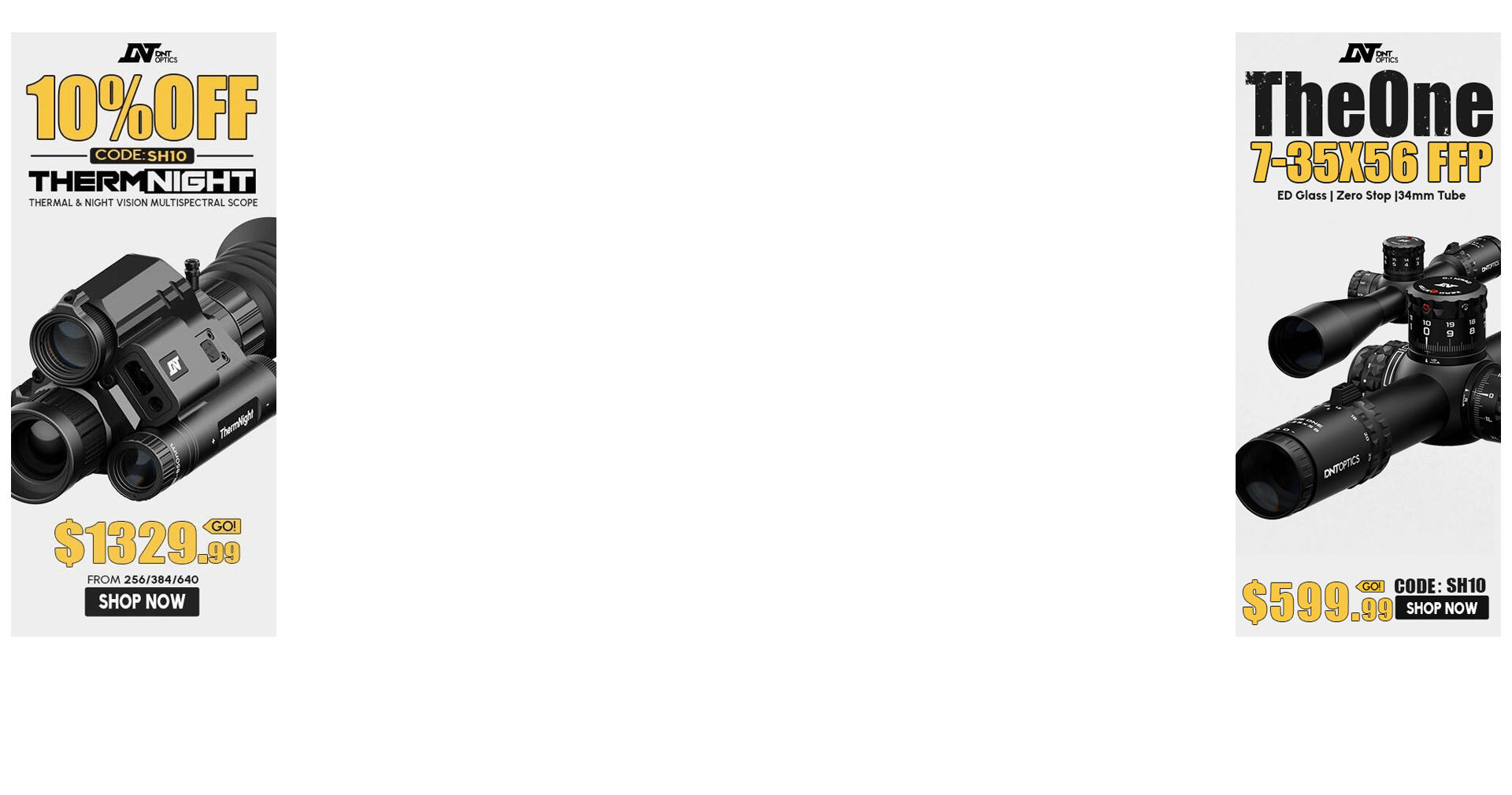I have read these forums for years and have learned a lot by osmosis; however, I still don't know exactly what makes some rifles more accurate than others. I know about the concepts of bedding and such, and harmonics, and understand them in principal; but not in practice. What steps can someone who is moderately handy take to improve a rifle's accuracy? I have 2 that I'd be willing to work on: a Savage 111 in 7mm Rem Mag, and a Remington 700S 5R 20". Both are as accurate as I am now, but I always like tinkering and learning. I could throw out all the terms I see on here pretending I know what they all mean, like blueprinting and truing, but... I'd be guessing at best.
Anyway, I want to order a custom rifle sometime in the future, but before doing that I want to play with some rifles and learn more what I'm looking for. Any guides/tips on accurazing a rifle would be appreciated.
Anyway, I want to order a custom rifle sometime in the future, but before doing that I want to play with some rifles and learn more what I'm looking for. Any guides/tips on accurazing a rifle would be appreciated.
Last edited:

